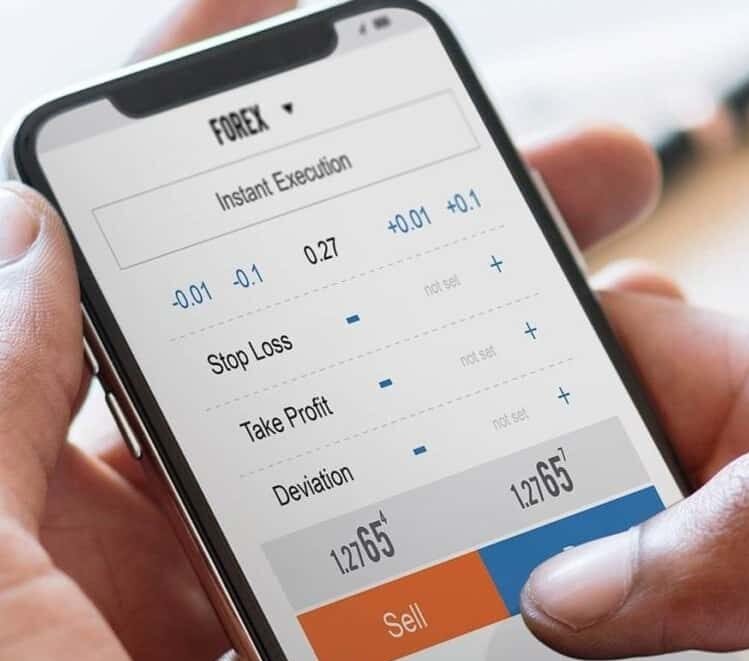This post may contain affiliate links. Without any extra cost to you, we earn from qualifying purchases, if you buy something through one of those links. By clicking on the affiliate links, you automatically agree to our terms and conditions.
Businesses today understand the importance of having an engaging online presence. With more people using the Internet to look for products and services near them, businesses must have a robust web presence to attract potential customers. SEO (Search Engine Optimization) for local search results serves this function, raising a company’s ranking to drive more foot traffic into its doors – ultimately increasing revenue streams for the business.
As part of our efforts to help you master local online marketing, we will delve into Local SEO. By applying efficient Local SEO techniques effectively, we hope to increase your online presence and draw in more local clients – whether from physical stores or service-based firms.
What is Local SEO
Local SEO is optimizing your website’s online presence to attract local search engine users instead of national or global optimization strategies. This is more important since brick-and-mortar stores, restaurants, healthcare providers, and service-based companies rely on local clients.
Why is Local SEO Important
SEO (search engine optimization) can help increase a company’s prominence in local search engine rankings, with Google being especially mindful of providing users with pertinent and locally relevant search results when they search for something within their geographic location. By optimizing websites specifically for local searches, businesses have a better chance of appearing in Google’s “Local Pack” or “Map Pack” portion of SERPs (search engine results pages).
Increased Exposure
Focusing on local customers allows companies to compete more successfully with prominent, better-known national brands. It can boost visibility in local search results, making it easier for customers to locate them.
Improved Conversion Rates
Local SEO is designed to attract local clients who are likely to purchase from a business near them. Users who perform local searches tend to be more committed to buying what is offered – this could result in increased conversion rates and foot traffic as more local search results appear in local search engine results pages.
Optimize for Mobile
As mobile phones become the primary way people perform local searches, businesses should leverage mobile search engine optimization tactics and make their websites more user-friendly and accessible on mobile devices.
What to Consider for Local SEO
Google My Business (GMB): An effective local SEO plan starts by claiming and optimizing your Google My Business listing. Make sure all essential details about your business, such as its name, address, phone number, website URL, opening hours and customer reviews, are listed accurately on its GMB page – increasing its chances of appearing in Google’s Local Pack by connecting with customers regularly with updates, photographs or videos.
1. Google My Business (GMB): An effective local SEO plan starts by claiming and optimizing your Google My Business listing. Make sure all essential details about your business, such as its name, address, phone number, website URL, opening hours and customer reviews, are listed accurately on its GMB page – increasing its chances of appearing in Google’s Local Pack by connecting with customers regularly with updates, photographs or videos.

2. NAP Consistency: When representing your company across various websites, directories, and social media channels, maintaining consistent level of name, address, and phone number (NAP) information is paramount to avoid problems and improve local search rankings. Always using identical NAP information will prevent identity problems from arising and help increase local search rankings.
3. Local Keyword Research: Conduct an exhaustive local keyword research effort and discover the most pertinent and high-intent keywords for your business, then implement these terms organically throughout your website, such as text, meta tags, headings and alt tags. Aim for long-tail phrases, including location-specific words, for maximum local search inquiries capture.
4. On-Page Optimization: Increase your website’s local relevance by optimizing its features, such as meta titles and descriptions, header tags, and URL structure, and using regionally relevant keywords to boost local relevancy. Ensure your website is user-friendly by making it quick to load, user-friendly for mobile browsing devices, and quick in load times.
5. Local Content Marketing: Promote your business using material tailored specifically for its local community. Create online content like blog entries, articles or videos that address industry-related events, news and subjects happening near you; feature local companies, activities and endorsements to encourage neighbourhood involvement; encourage user-generated reviews to increase credibility and increase search results visibility for your site.
6. Online Reviews and Reputation: Positive online reviews are essential to local search engine optimization (SEO). Let your happy customers to leave reviews for you on Google My Business and other review platforms such as Yelp, TripAdvisor and niche directories; show your dedication to customer service by quickly responding feedback on time and politely.
7. Local Link Building: Expand your local link profile by listing yourself in relevant directories and publishing in trade magazines. Contact bloggers, journalists and other opinion leaders in your locality for networking purposes or possible guest posts or collaboration opportunities. It would help if you prioritized building links from authoritative local or industry sites to rank higher in local search results.
8. Online Directories and Citations: Google Maps, Apple Maps, Bing Places, Yelp, the Yellow Pages and industry directories can all serve as valuable platforms to list your business online for citation and reviews. One way to improve local search rankings by doing this is making sure all directories use consistent NAP information across their listings.
9. Social Media Optimization: Optimizing social media is the eighth step of optimizing local search engine rankings by connecting with potential customers in your area. Maintain an active social media presence by frequently sharing news, offers, and other engaging posts on sites like Facebook, Instagram, Twitter, and LinkedIn. To build up user-generated content and foster community involvement, online profiles and encourage community participation encourage user-generated content interactions with local influencers and responding promptly to comments and messages posted by your followers and fans alike.
10. Local Schema Markup: Use schema markup on your site to provide search engines with structured data about your company, such as its name, address, phone number, opening hours and reviews. Take advantage of schema markup for local search. Schema markup increases website exposure in local search results by helping search engines better comprehend its material.
Tracking and Analyzing Local SEO Results
1. Staying on top of key performance indicators (KPIs) like these is crucial in measuring local SEO campaigns’ effectiveness. Keep an eye on where your website appears for your desired keywords in local search results, organically and as part of local pack rankings.
2. Evaluate the local organic search traffic leading people to your website and the success of your local SEO campaign by monitoring visitor numbers and engagement levels (e.g. how long visitors spent on the site and how many pages they viewed).
3. Thirdly, monitor the percentage of site visitors that convert into potential clients. To see whether your local SEO efforts yield tangible business outcomes, track how many visitors who came via a local search make purchases after finding your website via an organic search.
4. Google My Business Analytics: Unlock insight into customer behaviour by using data supplied by Google My Business to your company. Assess its local SEO success through metrics such as phone calls, website visits, direction requests and photo views.
5. Review ratings and reviews across all your platforms regularly to enhance your brand’s online standing. It is critical that customer reactions be closely tracked, responses be provided quickly to reviews posted about you, and any necessary adjustments be made as soon as possible.
Conclusion
Local search engine optimization should be your top priority if you run a local business and want to attract local clients. By optimizing for local search results and increasing online visibility in local search results, your chances of making connections with customers, attracting more visits to your stores and expanding your business could significantly increase.
Always remember that local SEO is an ongoing process requiring your constant dedication. Stay abreast of and implement the most advanced strategies, techniques and tools.














